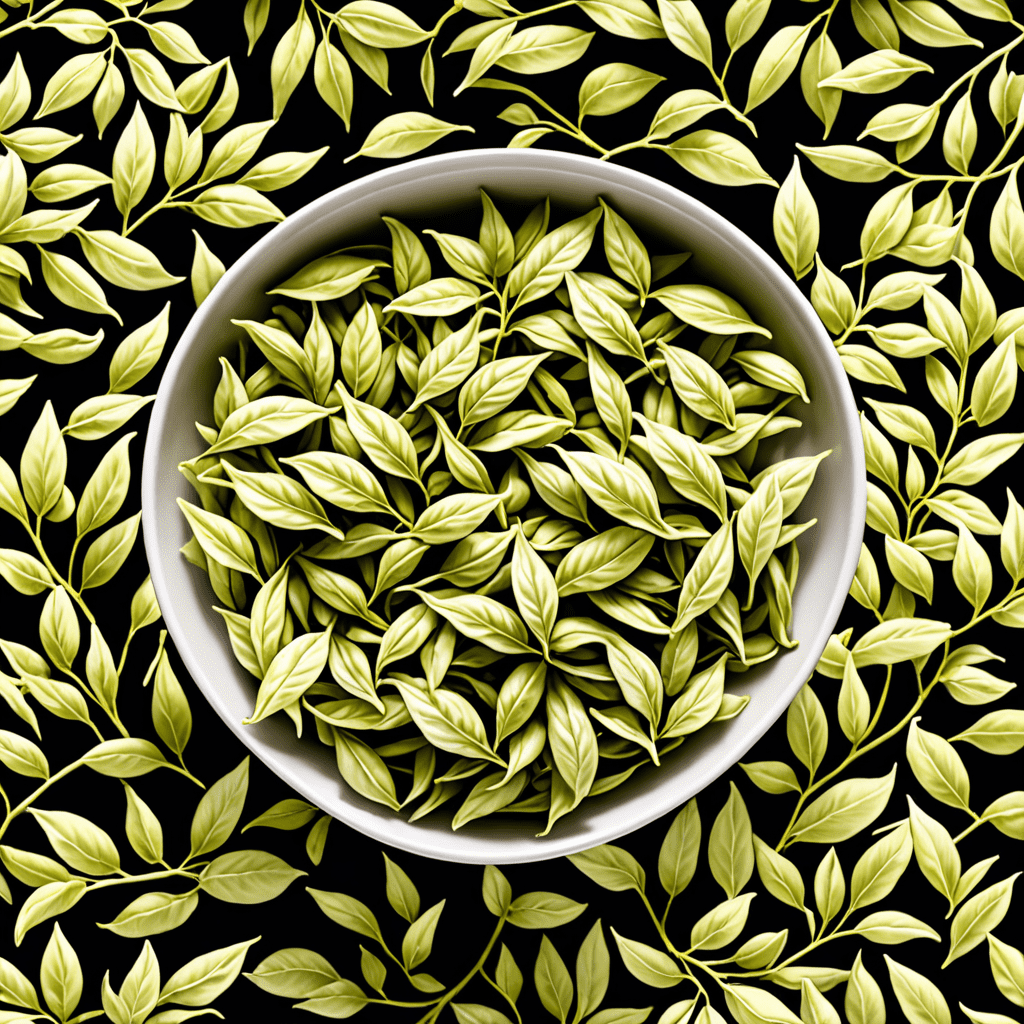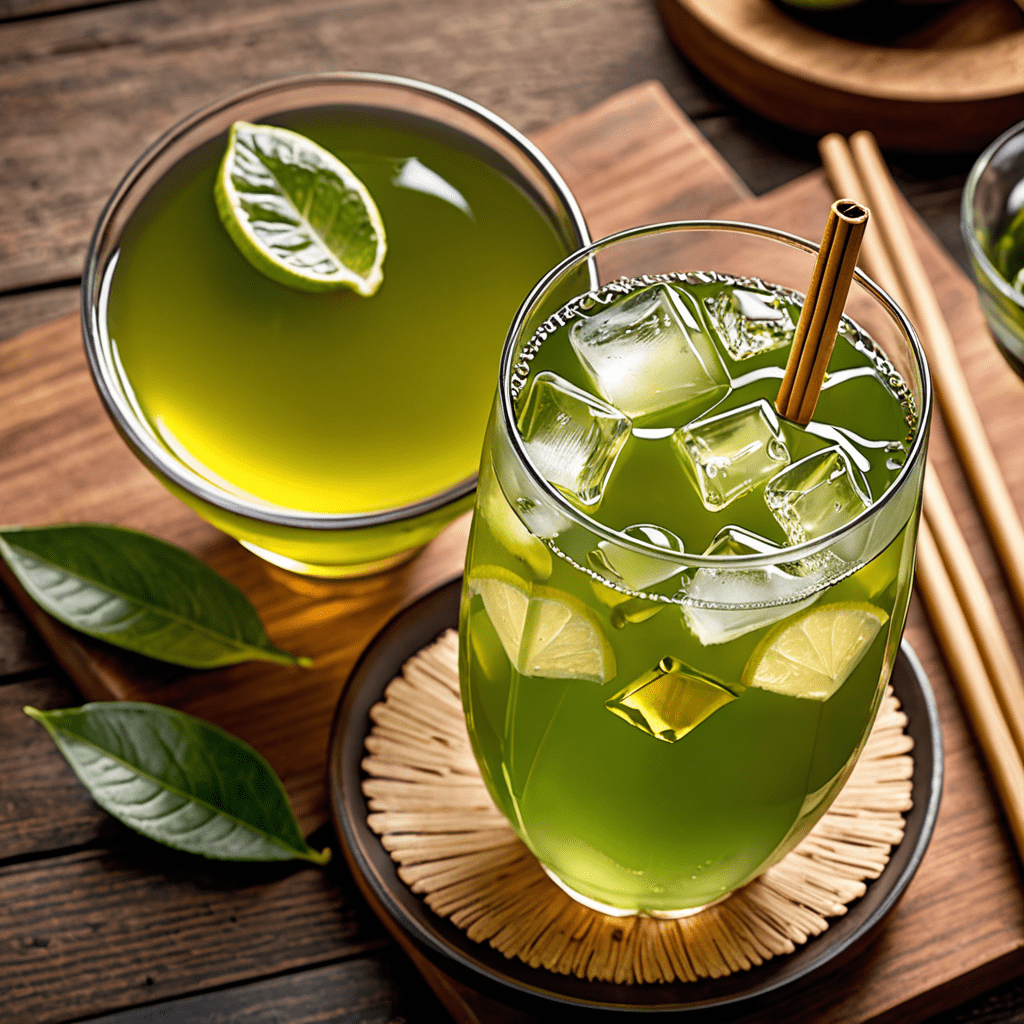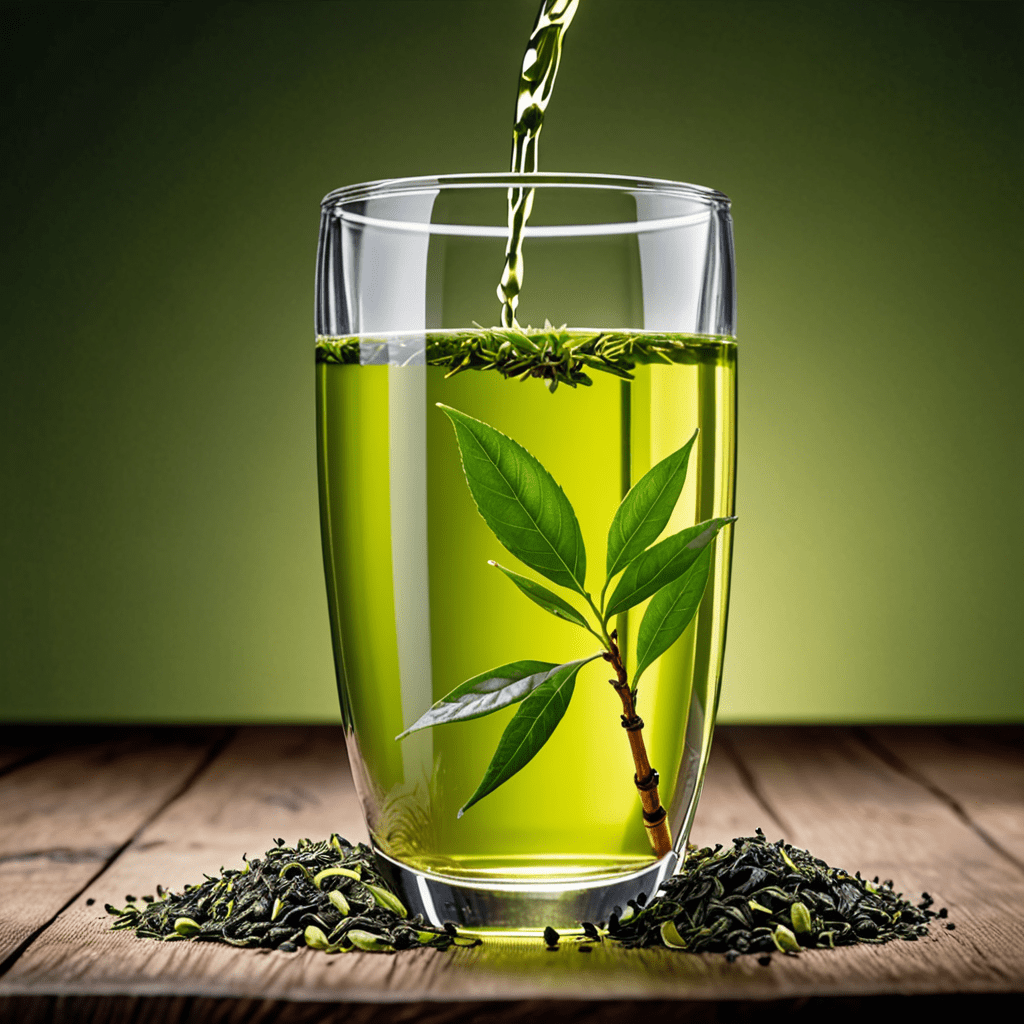
White Tea: From Harvest to Cup
White tea is one of the most delicate and prized varieties of tea, known for its subtle flavor and numerous health benefits. Understanding the journey of white tea from the harvest to your cup can enhance your appreciation of this exceptional beverage.
Harvesting White Tea
White tea is harvested from the youngest leaves and unopened buds of the Camellia sinensis plant. These tender parts are carefully handpicked to ensure the highest quality of white tea. The timing of the harvest is crucial, often coinciding with the early spring to capture the tea’s delicate and fresh flavor.
Withering and Drying
After harvesting, the leaves and buds undergo withering, a process where they are spread out to allow moisture to evaporate. This step is vital in developing white tea’s distinctive flavor. Following withering, the leaves are delicately dried to halt oxidation, preserving their delicate character.
White Tea’s Subtle Flavor
White tea is celebrated for its gentle, slightly sweet flavor, and floral or fruity undertones. The minimal processing allows the natural essence of the tea plant to shine through, offering a unique and nuanced taste that varies based on the specific varietal and growing conditions.
Brewing and Enjoying
To fully appreciate white tea, it’s essential to brew it with care. Use water that is around 175°F (80°C) and steep the leaves for a short time, typically 1-3 minutes. The resulting brew is pale and delicate, best enjoyed without milk or sugar to savor its nuanced flavors.
Health Benefits of White Tea
White tea is rich in antioxidants, making it beneficial for supporting overall health and well-being. It’s believed to have anti-inflammatory and anti-aging properties, and may also aid in weight management and promote healthy skin.
Conclusion
From its careful harvest to its exquisite flavor and health benefits, white tea offers a truly remarkable drinking experience. Whether you’re a tea aficionado or new to the world of tea, exploring the journey of white tea from the harvest to your cup can deepen your understanding and enjoyment of this extraordinary beverage.
White Tea: From Harvest to Cup FAQ
What is white tea?
White tea is a delicate tea made from the young leaves and unopened buds of the Camellia sinensis plant. It undergoes minimal processing, allowing it to retain its natural flavor and delicate aroma.
How is white tea harvested?
White tea is typically harvested in early spring when the young tea leaves and buds are at their freshest. Skilled workers hand-pick the tender leaves and buds, ensuring that only the highest quality parts of the plant are chosen.
What is the process of making white tea?
After harvesting, white tea leaves are carefully withered and dried. The withering process involves allowing the leaves to wilt naturally, and then they are dried to prevent oxidation. This minimal processing helps to preserve the natural flavors and antioxidants in the tea.
What does white tea taste like?
White tea is known for its subtle and delicate flavor profile. It often has floral and fruity undertones with a hint of sweetness. The brew is light in color and has a clean, refreshing taste.
How should white tea be brewed?
To brew white tea, use water that is just below boiling (around 175°F). Steep the tea for 3-4 minutes to bring out its delicate flavors. Since white tea leaves are not fully oxidized,


